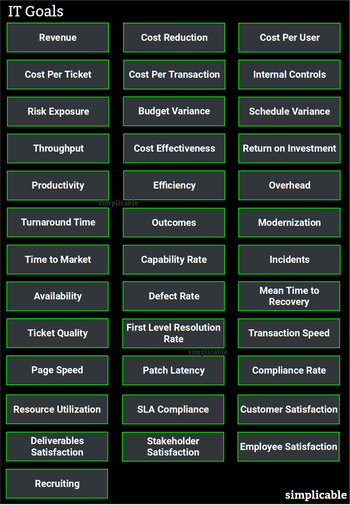
Public Networks
Transfer of data over public networks such as the internet. For example, an app on a mobile phone connects to a banking service to request a transaction. Such data is typically encrypted using protocols such as HTTPs.Private Networks
Transfer of data over a secured private network such as an local area network set up for an office location. The principle of defense in depth suggests that systems and applications should not trust that a network has been properly secured. As such, it is common to apply the same level of encryption for private networks as public networks.Local Devices
Transfer of data between local devices such as computers, data storage devices and peripherals. Such data could be intercepted by the medium that is used for the transfer. For example, a usb cord that connects a data storage device and a computer could potentially record or transmit the data.| Overview: Data In Transit | ||
Type | ||
Definition | Data that is communicated from one device to another. | |
Related Concepts | ||























